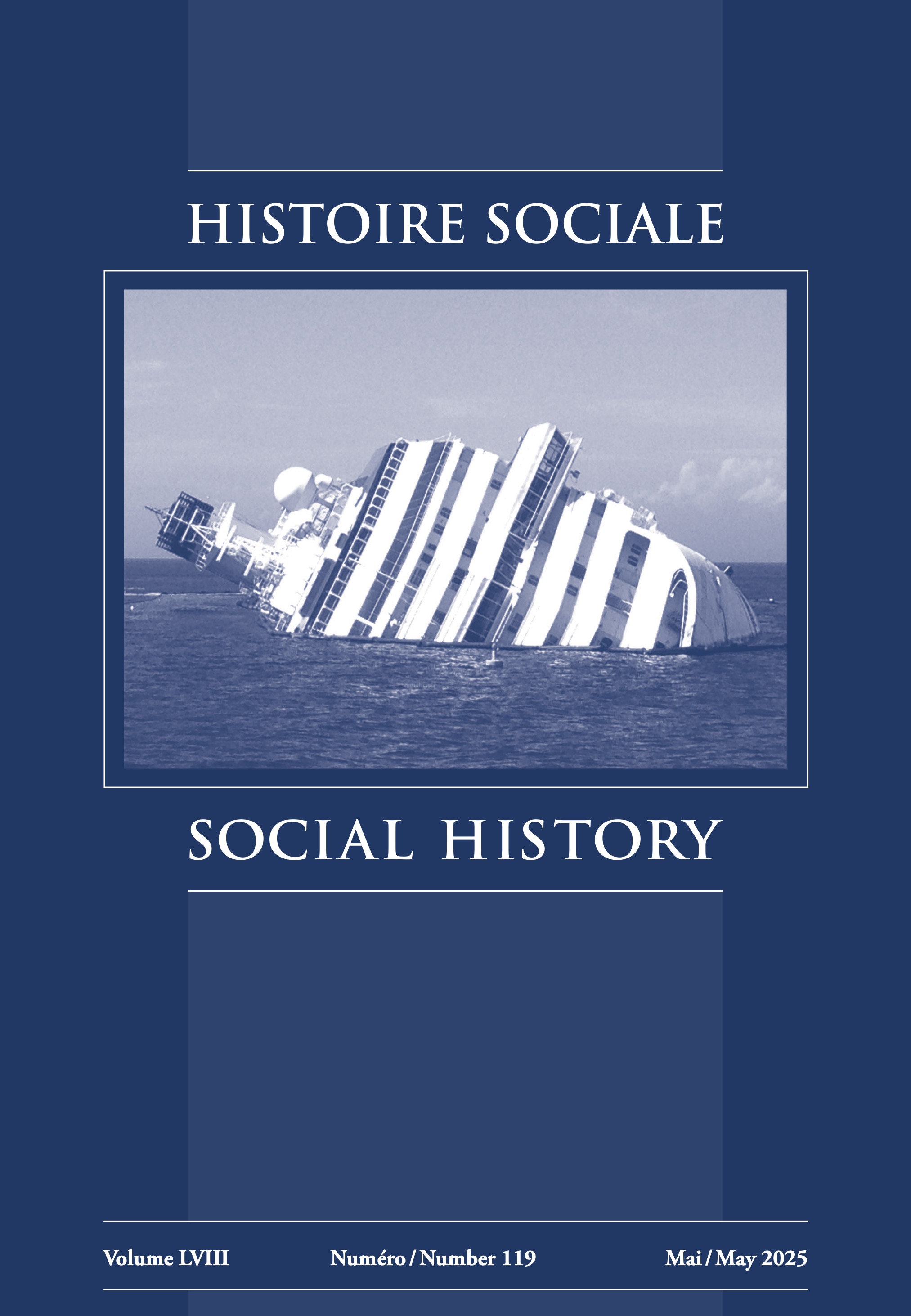The Humanization of Fatal Accidents in Norwegian Fisheries, 1850–1940
Abstract
As demonstrated by coverage of the seasonal cod fisheries in Lofoten, perceptions and imaginaries of fatalities in Norwegian fisheries were changing from the mid-nineteenth to the mid-twentieth century. Eilert Sundt’s efforts to humanize fatalities in the fisheries in the 1850s and 1860s were followed by major technological innovations—telegraph, newspapers, insurance, motorization, and weather forecasting—from the late nineteenth century that made fishing safer while at the same time transforming cultural interpretations of fatalities to emphasize “risk” rather than “danger.” Fatalities were no longer primarily products of threats emanating from the environment; they were primarily about human technologies, institutions, and decisions.


